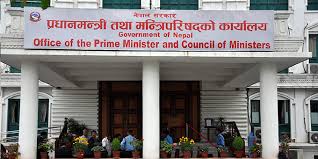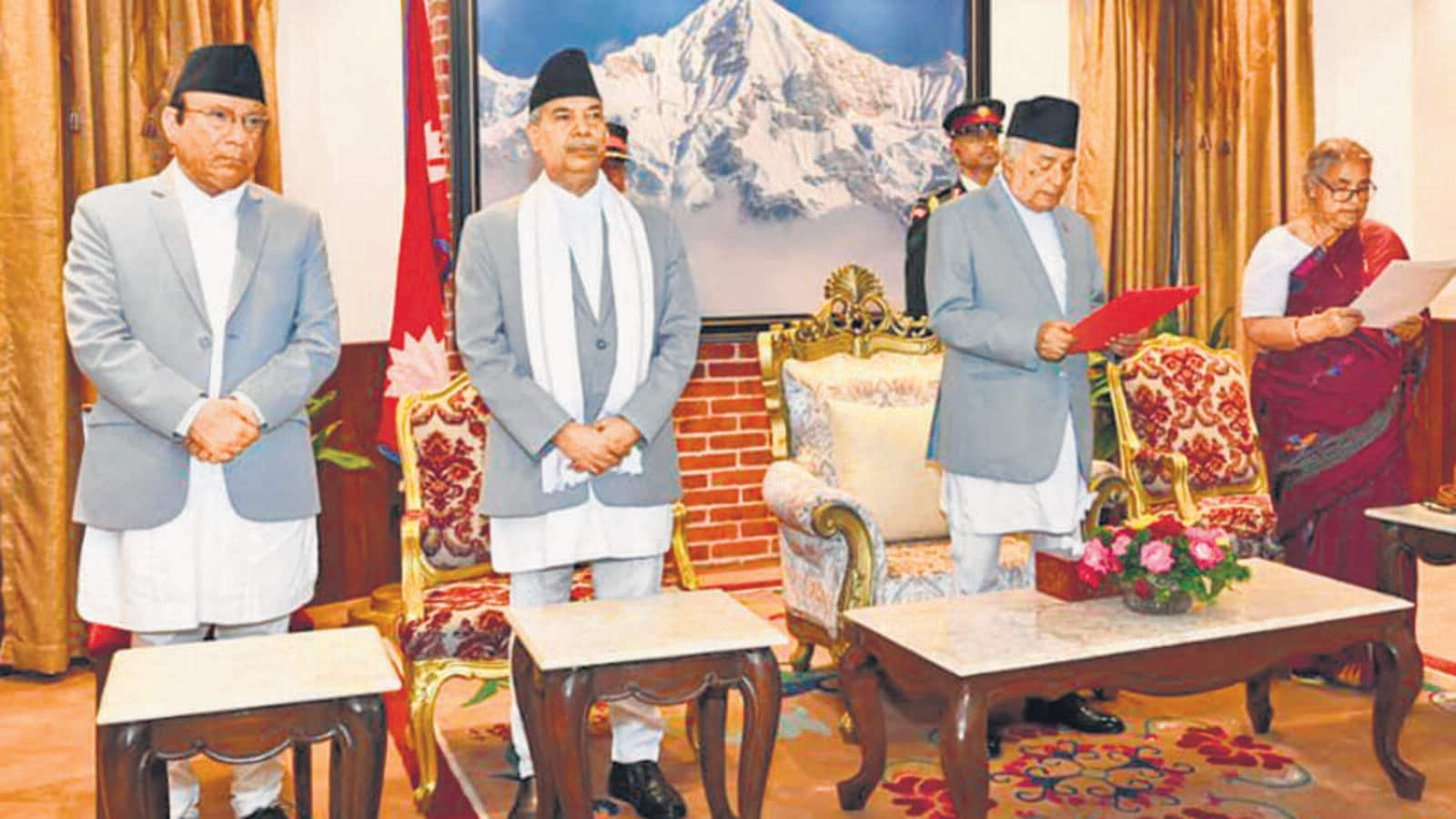
By Our Report
The government’s decision to make embossed number plates mandatory for all vehicles from September 17 has raised suspicion over its motives, preparedness, and track record. On paper, the scheme promises better vehicle tracking, reduced theft, and more efficient revenue collection. In reality, it carries the hallmarks of a project designed as much for lucrative commissions for politicians, senior officials, and bureaucrats as for public benefit.
The scheme is not new. First introduced in 2016 with a five-year completion target, it was supposed to cover 2.5 million vehicles through a $33.85 million contract with a US-Bangladeshi joint venture. The government projected it as a flagship initiative. But after a decade, only around 20 percent of vehicles have the plates. Multiple delays followed, caused by legal disputes, supply issues, public backlash, and corruption allegations that even reached the Commission for the Investigation of Abuse of Authority.
Public opposition in earlier years was strong enough to stall implementation. Critics argued the government was rushing the program without adequate supply, transparency, or logistics in place. This same criticism applies today. Nepal has an estimated 5 to 6 million vehicles, yet only 80,000 have received the plates so far, and 800,000 plates are in stock. Expecting to equip the remaining millions in just a month is beyond unrealistic.
This raises a question: is the government setting a deadline it knows it cannot meet? The suspicion is that it aims to collect the mandatory fees from vehicle owners, then drag out actual distribution for months or years. With motorcycles paying Rs 2,500 and larger vehicles Rs 3,600, the revenue from even partial compliance could run into billions of rupees. Given the history of inflated contracts and middlemen commissions in Nepal’s procurement deals, the fear is that the project’s primary beneficiaries will be well-connected officials and political figures, not the public.
Supporters of the system say it will help track stolen vehicles, curb tax evasion, and modernize traffic management. These benefits are valid, but only if the project is implemented effectively and fairly. Right now, the logistical gap between supply and demand is glaring. Without enough plates ready, the police order to penalize vehicles still using old plates risks turning into harassment of ordinary citizens rather than enforcement of policy. Rather than implementing such project where people feel cheated, the government should think of upgrading poor roads to help smooth traffic.
For the project to deliver on its promises, the government must first ensure sufficient production and fair distribution, backed by transparent monitoring of the contractor’s performance. Otherwise, the October 1 deadline will be yet another in a long series of empty ultimatums, enriching a few while frustrating millions of vehicle owners. The policy may have been conceived as a reform, but the way it is being pushed suggests profit and political gain are driving it more than public interest.


















Comments:
Leave a Reply